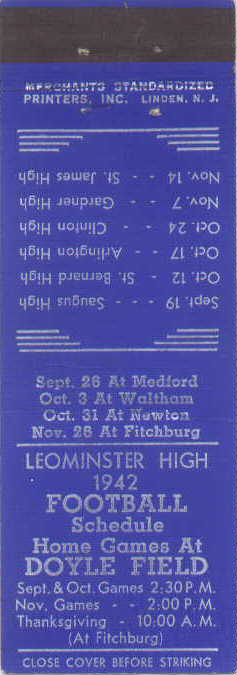|
Covers that are dated,
of course, pose no problem, nor sets that are known to have been
issued in a certain year, but, for the vast majority of covers,
unless you’re ready to make a career of studying covers,
the best you can hope for is narrowing down your guess to within
a factual range of years.
The length of the cover,
the vertical width of the striker, the use of certain types of
footers, all are indicators of age. Still, it's possible to narrow
the general time period that a cover comes from to a somewhat
more precise range of years. |
 |
For example, if the
cover you’re trying to date is a front-striker, you know
at least it’s pre-1979 (the last front-strikers appeared
in 1978).
Also, for most of the manufacturers,
we know the years of operation.
The only general dating
guide, and by far the most comprehensive ever done, is the MM Dating Guide. This guide lists the known range
of dates for specific manumarks. As ongoing research reveals
more infor- mation, the guide is normally updated annually. It
currently runs 134 pp. and lists dates for thousands of different
manumarks. |

